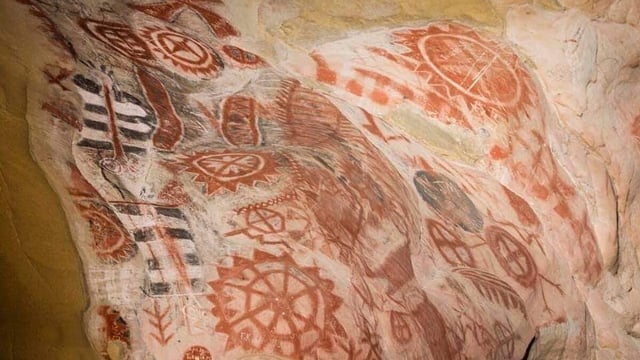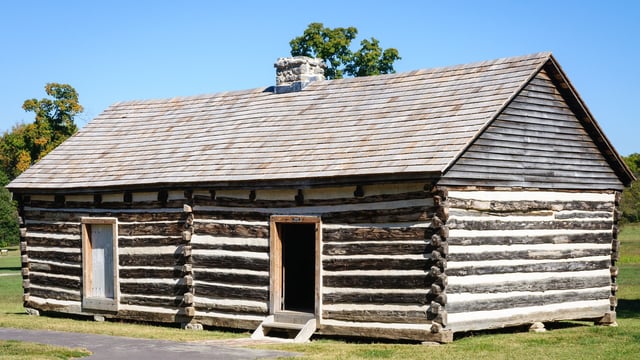Archaeology Travel Guide USA
Reasons to Visit United States of America


American Civil War,

Civil Rights Movement,

… Museums & Art Galleries.
Interesting Things to Know About the USA
Find Places to Visit in the USA
Featured Destination

MOAB, UTAH
From Dinosaur Times to the 21st Century
Five Popular Attractions in the USA
Explore the USA more deeply
Where to Go in the USA
North East Region
From the bustling streets of New York City to the picturesque coastlines of New England, the natural beauty of the Appalachian Mountains.
South East Region
Here you will find Jamestown, the first permanent European settlement. An area marked by Slavery and the conflict that ended it, the Civil War.
Midwest Region
First introduced by Paleo-Indians, agriculture has long been an important aspect of the Midwest. As with industry, fuelled by the opening of coal mines.
South West Region
From ancient pueblos to historic mission churches. From the stunning red rock canyons of Utah to the picturesque desert landscapes of Arizona.
Rocky Mountain Region
A region of unparalleled natural beauty, from the majesty of the Rocky Mountains to the splendour of Yellowstone National Park.
Pacific Region
An area of rich cultural diversity and historical significance. Find out about the about the history of the transcontinental railroad and the Gold Rush.
Historic Cities in the USA
What to See in the USA

Petroglyphs & Pictographs
Given the complex history of indigenous populations across this vast country with its radically varying geology, it is not surprising that there is an immense diversity of rock art traditions in the US. Images are painted onto or engraved in to rock surfaces, the walls of rock shelters or boulders out in the open. Some are seemingly simple geometric patterns, others display complex conventions. Some of these traditions date back several thousands of years, while others were executed after the arrival of European colonists.

Pre-Columbian Mounds & Mound Builders

American Civil War

Slavery & the Enslaved
The Transatlantic Slave Trade forcibly relocated millions of Africans against their will to the Americas, where they were required to work in plantations, mines and other industries whilst living in inhumane conditions. Enslavement played a significant role in the shaping of the United States. Although the issue of owning Slaves was the root cause of the American Civil War, a century before that, at the time of the American Revolution, slavery was legal in all 13 colonies. There are many plantations and their Slave quarters, as well as other locations where enslaved people worked and lived, open to the public. These sites provide an understanding of the lasting impact of Slavery on American society.














